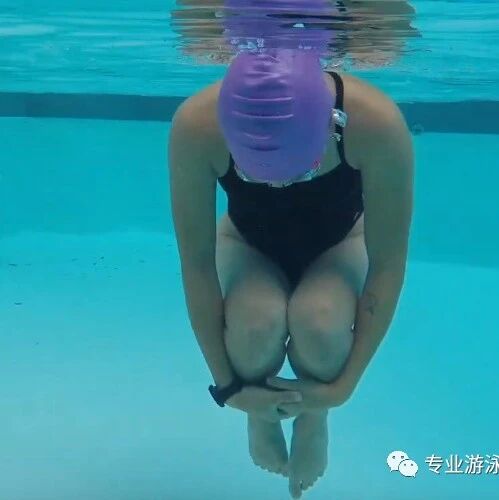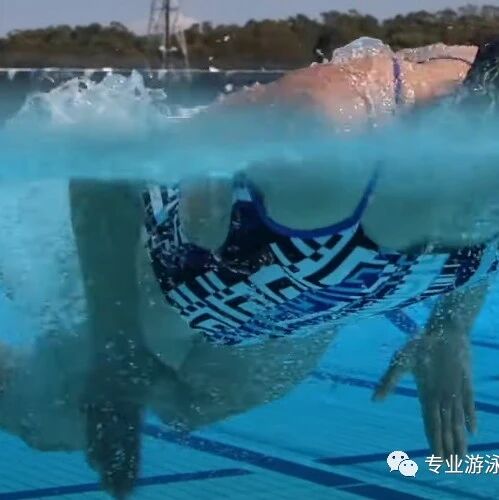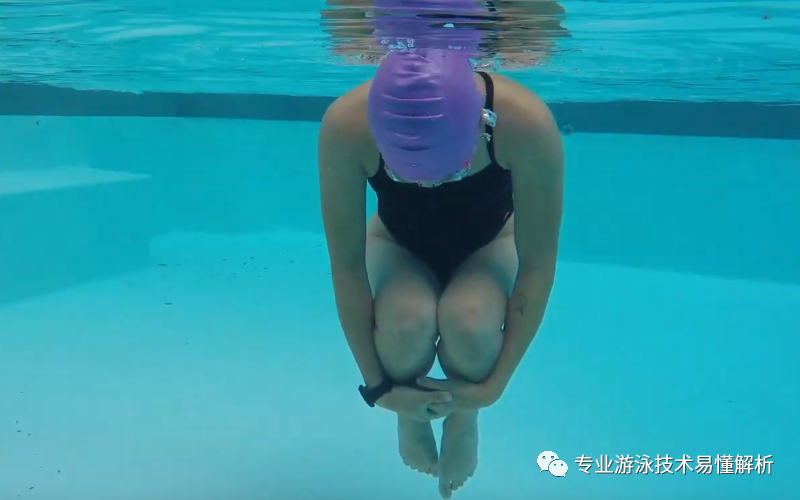
Most swimming pools divide the pool into shallow and deep areas, with only swimmers who pass the deep-water test allowed to enter the deeper section—a responsible approach that prioritizes swimmer safety. From a swimmer’s perspective, however, there shouldn’t really be a distinction between shallow and deep zones; after all, the shallow area often serves as a playful zone for splashing around, while the deep end is truly where serious swimming takes place. That’s precisely why dedicated swimmers naturally gravitate toward the deep end. Yet, some swimmers may feel uncertain about their ability to perform effective treading or even harbor an underlying fear of deeper water, temporarily preventing them from venturing into the deep end. This article shares valuable insights on overcoming these challenges, aiming to help swimmers confidently progress to the deep-water area and successfully pass the deep-water test.
1. The Benefits of Swimming in Deep Water
The deep end keeps those who are just splashing around safely separated, which is the biggest advantage for swimmers who want to enjoy a proper swim. Beyond this benefit, the deep end also helps improve swimming skills, enhance mental adaptability in the water, and boost one's ability to think on their feet and respond spontaneously to unexpected situations.Swimmers with some experience often feel this way: swimming in deep water is more relaxed and comfortable than in shallow areas, allowing for easier, less strenuous strokes while enhancing your connection to the water. Swimming in deeper waters also provides an excellent foundation for transitioning into open-water swimming later on, helping you build essential confidence and develop the skills needed to handle unexpected situations—like muscle cramps, sudden water inhalation, or even bouts of hiccups.2. Enter the deep end by starting with a dive from the bottom.Find a water depth where you feel comfortable—ideally, deep enough to submerge your head completely. Then, practice jumping upward from the pool bottom while keeping your head above water to breathe, gradually getting used to both the breathing technique and the water depth until you no longer feel anxious. If you’re struggling to relax due to nervousness, try finding a spot where the water reaches just up to your shoulders. From there, perform the "knee-to-chest" suspension exercise, learning how to use your core muscles and head positioning to maintain control over your body’s buoyancy and posture in the water.Additionally, swimmers who feel anxious in deep water can use the touch-and-jump technique to enter deeper areas, then swim from the deep end toward shallower waters. With repeated practice, this approach can significantly reduce fear. If you find yourself feeling tense in deep water, simply relax your body, take a deep breath to calm down, and allow yourself to float gently upward. As you near the surface, gently push off with your feet to break the water’s resistance and pop up for a quick breath. After catching your breath, continue relaxing both your body and mind—letting yourself drift back into the water until you naturally begin to rise again.
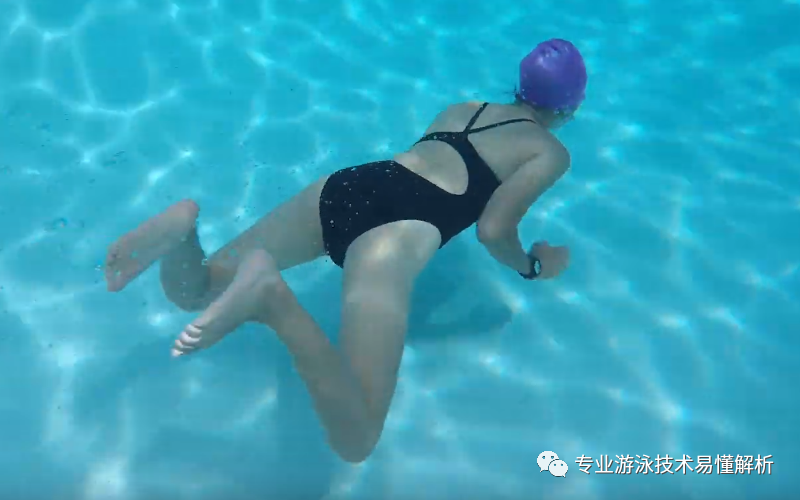
3. In deep water zones, practice controlling your breathing skills.For those who can't swim, sinking to the bottom of the water is surprisingly easy. But for swimmers, holding themselves underwater isn’t so simple—especially when there’s plenty of air in their lungs, as that prevents the body from descending to the pool floor. This becomes particularly challenging in depths greater than 1.8 meters. To successfully sink, swimmers must gradually release excess air from their lungs while carefully managing their breathing pace, allowing their bodies to slowly and steadily move deeper into the water. This technique not only enhances the body’s ability to adapt to deeper water zones but also helps build confidence in navigating such environments.
One crucial point to emphasize: never attempt prolonged underwater swimming at the bottom of the pool. Underwater swimming and regular swimming are entirely different disciplines. A swimmer’s proficiency in one doesn’t necessarily translate to skill in the other, and vice versa. In fact, swimmers who haven’t undergone specialized training in underwater swimming are far more likely to accidentally encounter dangerous situations like unintentional drowning while practicing this technique.
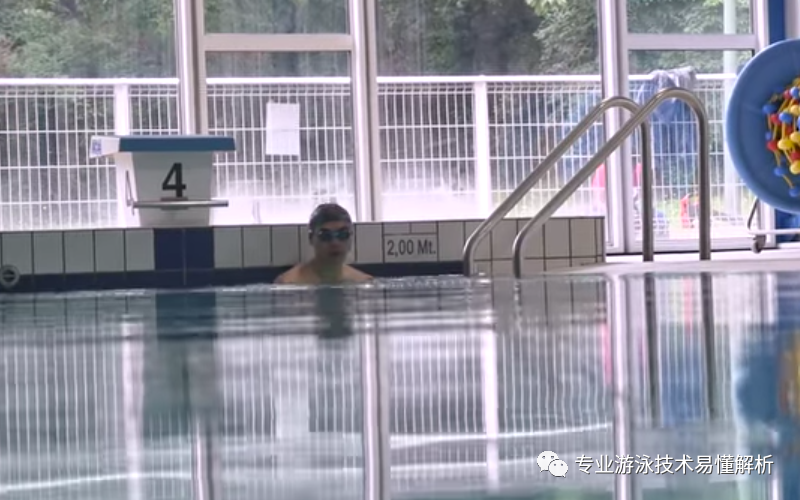
In fact, swimming in deep water and the occurrence of accidents aren’t as directly linked to whether or not you can tread water as one might expect—what matters most is staying mentally alert while keeping your body relaxed.
